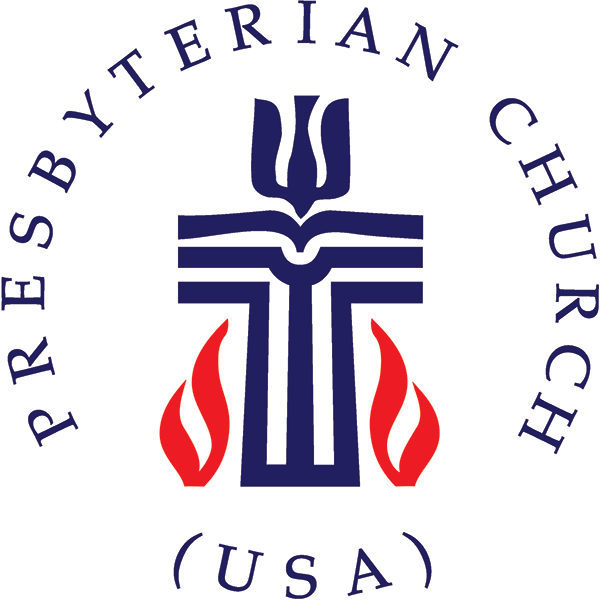

The COVID-19 pandemic may have kept Presbyterians from meeting in person, but the decline in membership over the past year is not significantly different than it was during the previous four years. The Office of the General Assembly has released its annual statistics report showing a decline in membership in 2020 at just over 56,000, which averages the same loss rate as reported since 2016.
The report shows a total membership of just over 1.24 million members last year, compared to 1.48 million in 2016. In addition, the total number of churches is listed at 8,925, a total of 116 fewer than in 2019.
| 2016 | 2017 | 2018 | 2019 | 2020 | |
|---|---|---|---|---|---|
| Total Churches | 9,451 | 9,304 | 9,161 | 9,041 | 8,925 |
| Active Members | 1,482,767 | 1,415,053 | 1,352,678 | 1,302,043 | 1,245,354 |
“A lot of this year’s numbers are reflective of what we’ve faced and are continuing to face with the coronavirus,” said the Rev. Dr. J. Herbert Nelson, II, Stated Clerk of the General Assembly of the Presbyterian Church (U.S.A.). “There are certain aspects of our work such as communion classes and Bible study that generally perpetuate interest in people coming to church. The inability to have fellowship and personal interaction has had an impact. Our church buildings, the places where we met together, have been closed for the most part.”
While the reduction in churches has not significantly changed, there was a sharp decline in professions of faith in 2020. Youth professions of faith numbered just over 5,300 last year, a drop of nearly 4,000 compared to 2019. The number of professions of faith and reaffirmations was down by more than 12,000 compared to the year before.
| 2016 | 2017 | 2018 | 2019 | 2020 | |
|---|---|---|---|---|---|
| Youth Professions of Faith | 11,243 | 10,716 | 9,578 | 9,023 | 5,319 |
| Professions of Faith & Reaffirmations | 20,623 | 19,599 | 22,005 | 21,408 | 9,210 |
Nelson says part of that can be attributed to the pandemic, but he adds that there is a lot more going on.
“We are in the midst of rethinking what it means to do ministry in a rapidly changing landscape. Some people have been hurt by church, so there is a continuous struggle over what church should be,” he said. “This is not just a PC(USA) problem. This is a challenge for all Christian denominations.”
Despite declines in membership and professions of faith, 2020 statistics show new worshiping communities are still on the rise, while new church developments/fellowships are starting to move upward after years of decline.
| 2016 | 2017 | 2018 | 2019 | 2020 | |
|---|---|---|---|---|---|
| New Worshiping Communities | 114 | 144 | 158 | 176 | 206 |
| New Church Development/Fellowships | 128 | 122 | 116 | 110 | 112 |
“That is where church growth will be. If we were to count these, we would actually see growth in the life of our denomination,” said Nelson. “We have a lot of work to do over what this means to the future of the PC(USA). This is a new frontier for the church and will be the way all denominations will find some level of church growth in years to come. We have to find ways to move beyond barriers of exclusion and do the work to serve Jesus Christ.”
Approximately 82% of the churches submitted data representing 90% of PC(USA) membership. The median presbytery has a membership of 5,667 people and the average presbytery consists of 111 ministers, 53 churches and four candidates.
